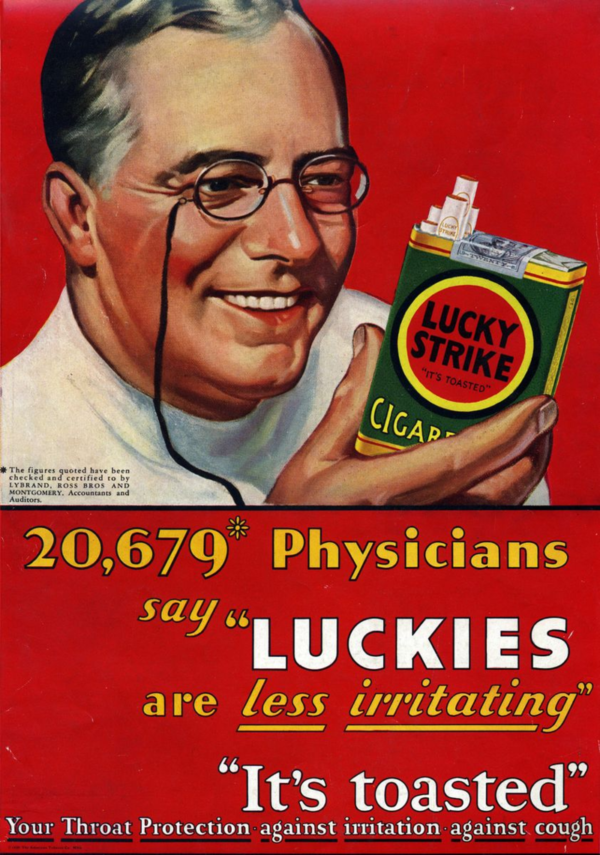Authority bias
The authority bias is when we have an irrational trust in the judgement of experts
What is the authority bias?
We listen to the word of experts and value their opinion over others, even to the point of investing in products they recommend whether its; lab coat wearing dentists in toothpaste adverts, Jamie Oliver endorsing cooking apparatus or personal trainers sporting premium gym wear.
The evidence it works
The ‘Milgram Obedience Experiment’ was the first and most infamous study on the authority bias, and was conducted in 1961 by Stanley Milgram, a professor of psychology at Yale University.
In this experiment, participants were ordered to administer painful and potentially harmful electric shocks to another person. Many of them did so, even when they felt that it was wrong because they felt pressured by the perceived authority of the person leading the experiment.
Although an extreme example of how the authority bias can affect people, this phenomenon plays a role in a wide range of situations in our everyday life.
How it builds brand memorability
One of the key drivers of brand memorability is ‘Ease’.
If you make your brand easy to access, deal with and buy from, you’re going to build strong, positive connections that lead to memorability.
At the point of purchase, or during the journey to purchase, customer’s decision-making can be made easier by leveraging behavioural biases. And METRIC is our tool for harnessing the power of these biases - snap judgements that help the brain make quick decisions in context - for clients.
METRIC organises the biases into six categories - because these are the key ‘resources’ we always have to spend when make decisions. They are Money, Effort, Time, Risk, Individuality, and Conscious thought. Which handily spells METRIC.
So presenting choices in one of these six frames can tip the balance in comms.
Tip for your own marketing strategy:Your CEO doesn’t have to throw on a white lab coat, you can simply use their name as an authority in your communications
How we've used it with clients
WELL PHARMACY
For Well Pharmacy we created a direct response TV Ad to highlight a new online repeat prescription service.
Research highlighted the desire customers had for authority and commitment from their pharmacist to go above and beyond which led us to using Well’s pharmacists in the campaign, leveraging the authority bias. We made sure that it was clear our pharmacists were responsible for making sure customers get their prescription efficiently and safely.
To bring the pharmacists, or ‘Pharmies’, to life, we created a bespoke suite of illustrations that show the team to be expert but approachable – the perfect form of authority for this challenge.
Great examples of social proof in marketing
The authority bias used in Lucky Strikes' Ad Campaign
It’s an oldie but Lucky Strike was the first cigarette brand to use the image of a physician in its advertisements, leveraging the authority bias.
1930 ad for American Tobacco Company’s Lucky Strike cigarettes.Whatever it is, the way you tell your story online can make all the difference.
The authority bias is commonplace in toothpaste advertising
Sensodyne proudly promotes itself as the ‘Number 1 Dentist Recommended Brand for Sensitive Teeth’. The leverage this authority bias further but ensuring their dentists wear white lab coats.



